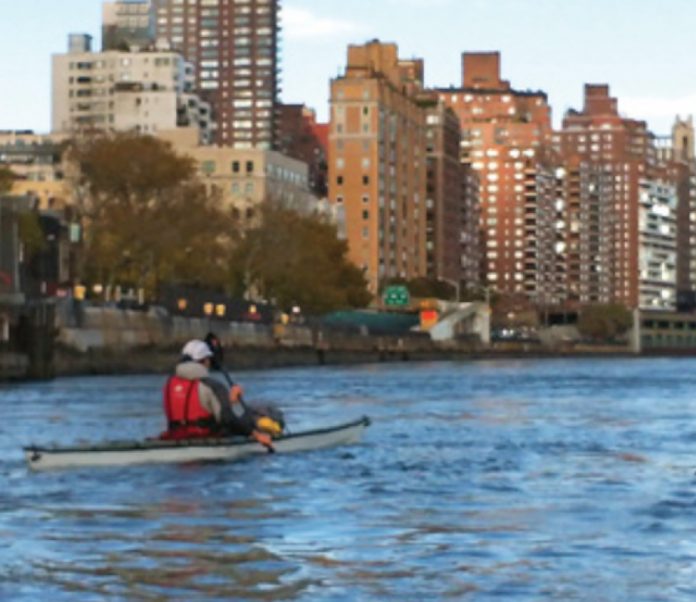Doug and Kate have been using sleeping bags as blankets since before they moved into big-kid beds. We just tossed a bag in the crib one day. We do get sideways looks from some parents—parents who buy their kids matching frilly sleep sets.
Horrible parenting you say? It was the best thing we ever did. Hear me out.
Sleeping bags make every night feel like camping; they make every road trip to Grandma’s, every strange bed and every tent feel just as familiar as sleeping at home. Now four and six, Kate and Doug still curl up in their sleeping bags every night. Someday they may grow out of it and ask for real bedding. Although it might be a while—I spent six years of university slumming in a sleeping bag.
My wife and I have taken this concept one step further.
Before a canoe trip, we haul out the kids’ 30-litre blue barrels (used in place of a canoe pack on river trips because the barrels stay bone dry) and put one outside each bedroom. They pack their own camp clothes. Then anything else that fits they can take.
They spend the day sorting through Lego Club magazines, stuffed animals and flowery dresses. We perform pre-trip toy swim tests in the tub. Sinkers go in the barrel. Toys that float are okay to stay in the canoe. Fisher Price Little People float and My Little Ponies don’t, in case you’re wondering.
The idea is to allow them to bring things that are familiar, to ease the transition from inside to outdoors.
We’re also teaching the reality of camping—you can’t bring everything. Electronics are banned, but otherwise their choice of comforts is limited only by the size of their barrels and the ingenuity of their packing. I once found Berenstain Bears in my nighttime reading. “We packed books for you, Daddy.” Clever little suckers aren’t they?
In a world that is changing so quickly, there is a simple familiarity in daily routines. As much as camping is an escape from our routines of work, home, school and traffic, for children, routine is the pine tar that holds them together. The essential routines we fight so strongly to maintain around home are just as important on camping trips. especially my favorite: Jammies… teeth… stories… and into their sleeping bags.
Peace, at last.
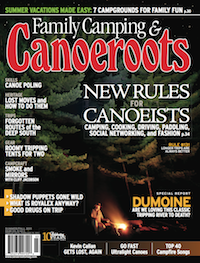
This article first appeared in the Fall 2011 issue of Canoeroots Magazine.



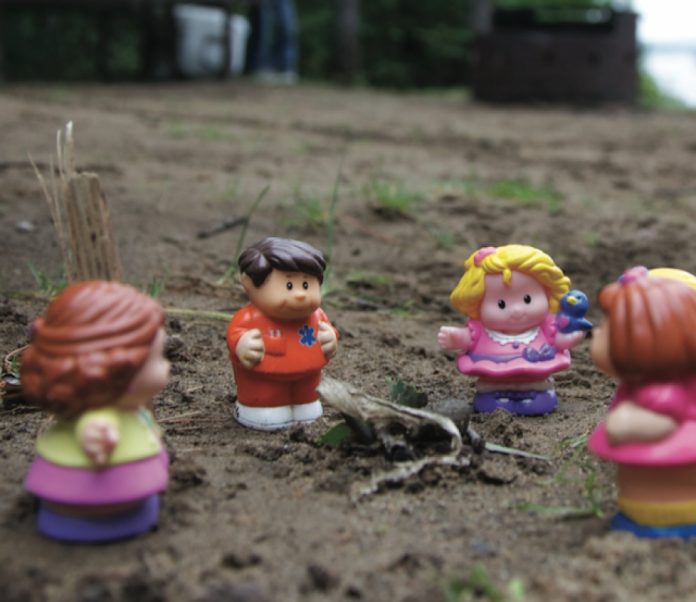
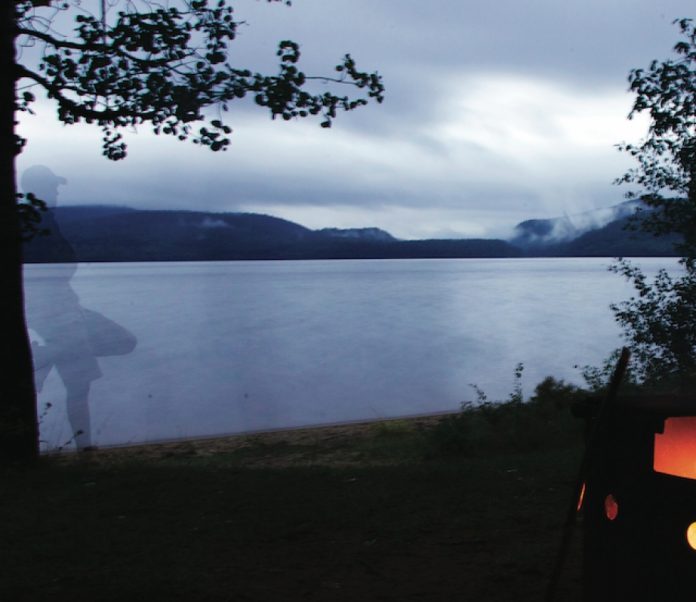
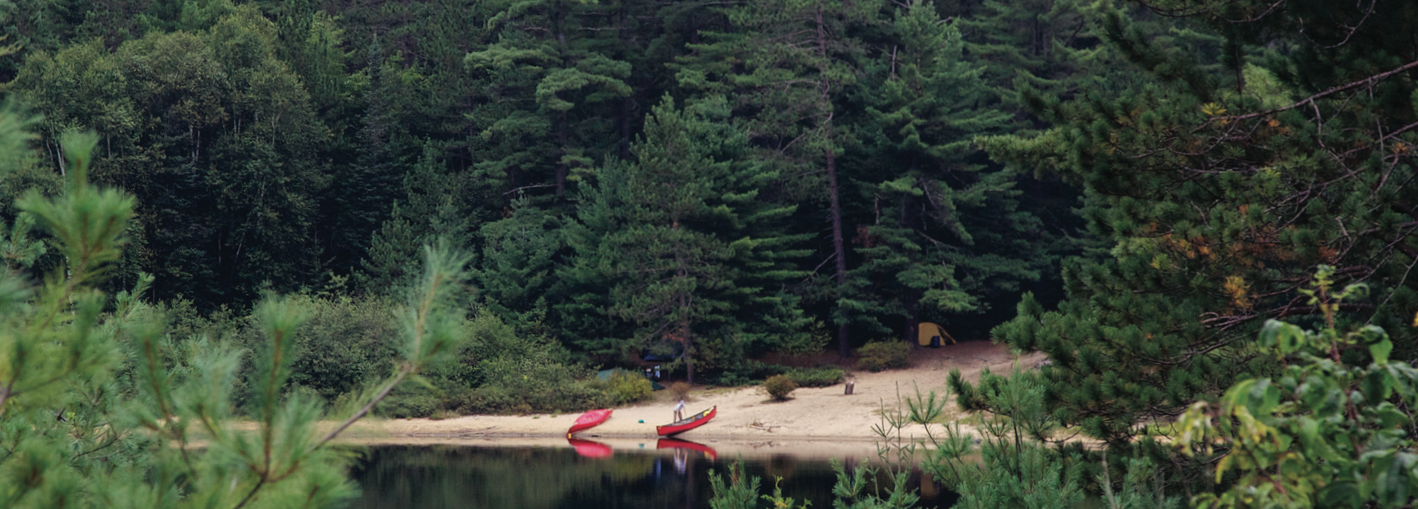
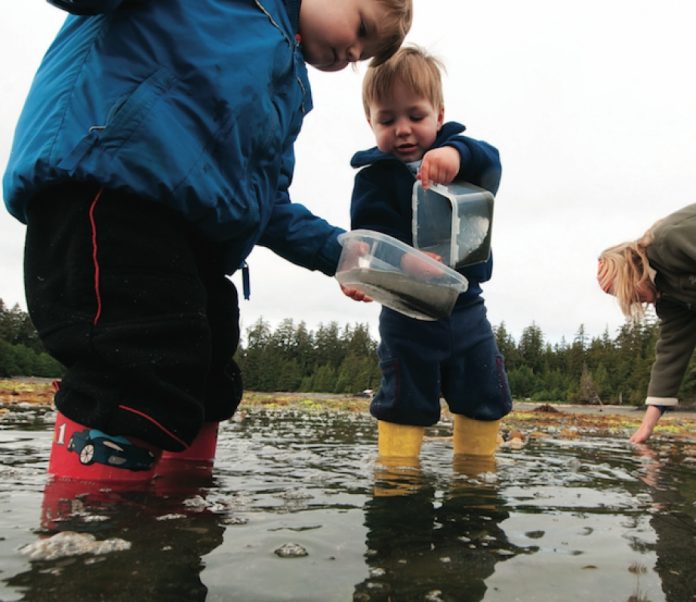
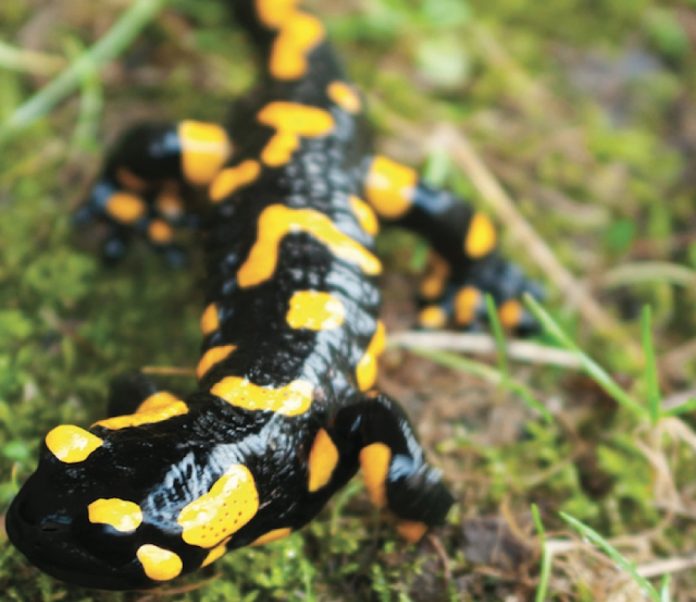

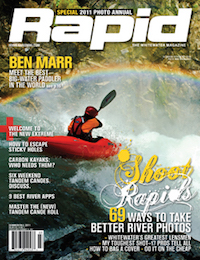 This article first appeared in the Summer/Fall 2011 issue of Rapid Magazine. For more great content, subscribe to Rapid’s print and digital editions
This article first appeared in the Summer/Fall 2011 issue of Rapid Magazine. For more great content, subscribe to Rapid’s print and digital editions 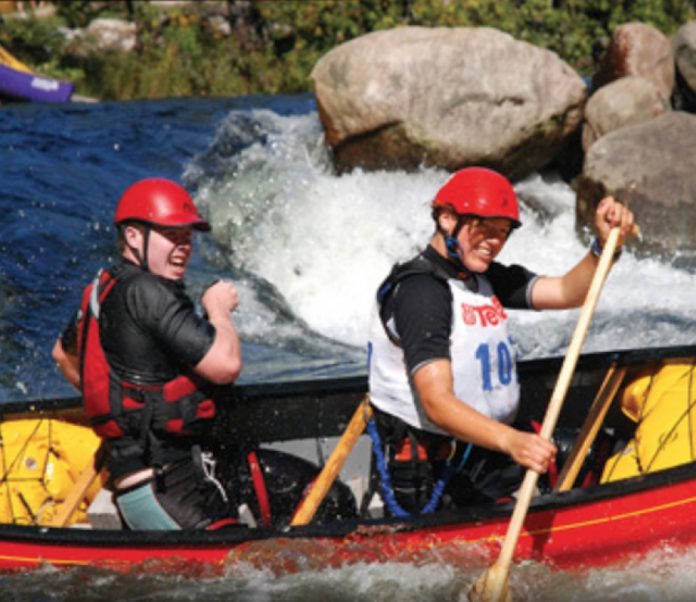
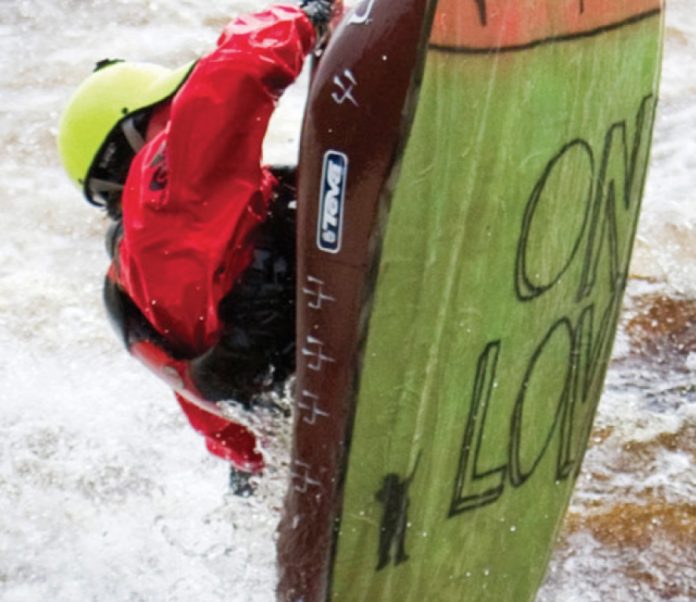
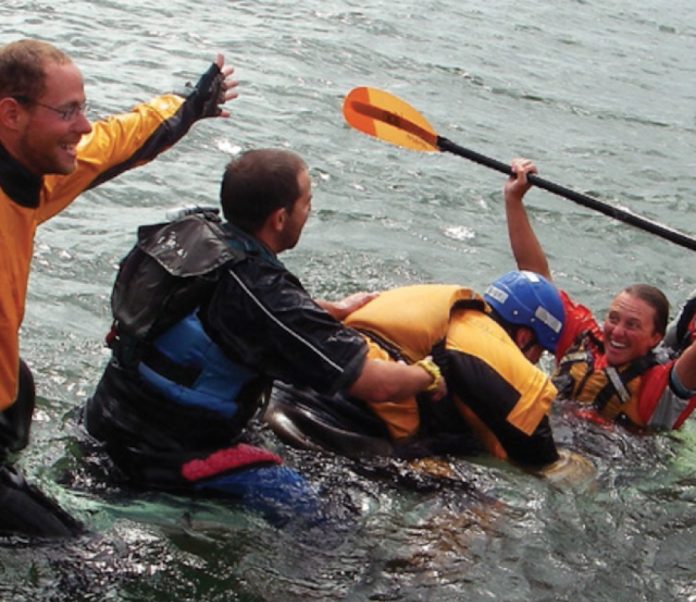
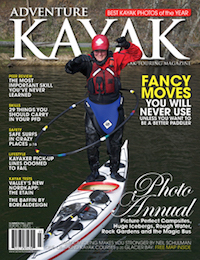 This article first appeared in the Summer/Fall 2011 issue of Adventure Kayak Magazine. For more great content, subscribe to Adventure Kayak’s print and digital editions
This article first appeared in the Summer/Fall 2011 issue of Adventure Kayak Magazine. For more great content, subscribe to Adventure Kayak’s print and digital editions 
